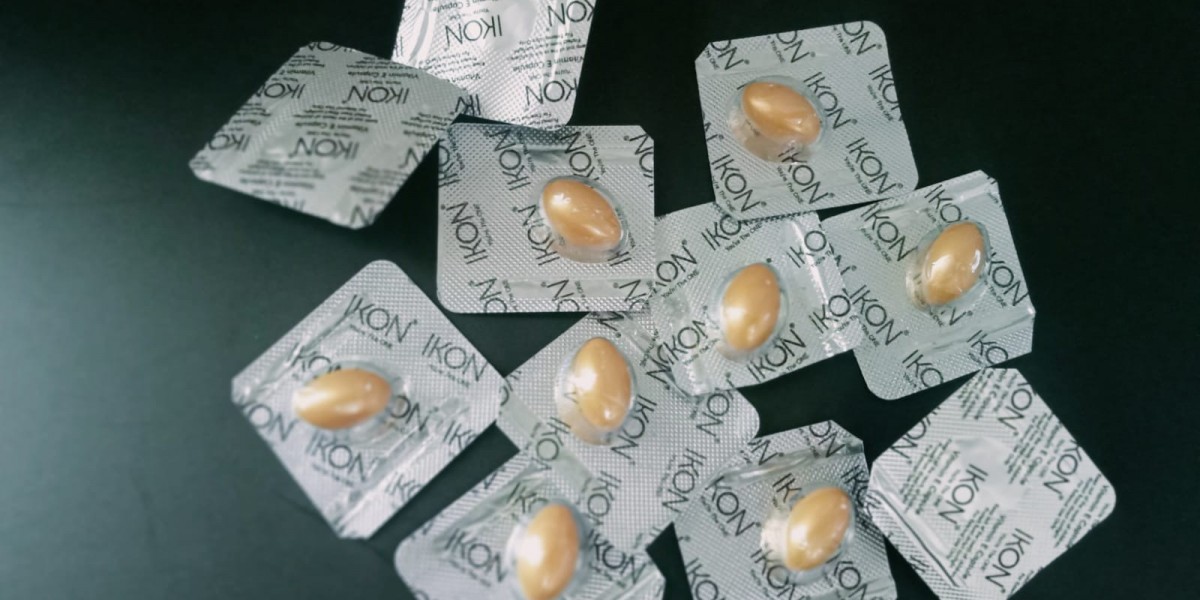Wax paper has a fascinating history that spans centuries, evolving from a simple kitchen tool into a versatile product used in a variety of settings today. Understanding its origins, manufacturing processes, and modern applications reveals how this unassuming paper has adapted to meet changing needs in both households and industries.
Origins of Wax Paper
Wax paper dates back to the early 19th century. It was initially created as a food storage solution, designed to keep moisture out and food fresh. The first instances of wax paper were produced by applying a thin layer of paraffin wax to ordinary paper. This process allowed the paper to become moisture-resistant, making it an ideal choice for wrapping food items.
Before wax paper became widely available, people relied on various materials for food preservation. Cloth and leaves were common, but they offered limited protection against moisture and air. The introduction of wax paper revolutionized food storage, providing a more effective barrier that extended the shelf life of perishable goods.
The Manufacturing Process
The manufacturing of wax paper involves several steps. First, high-quality paper is produced. This paper is then coated with a layer of wax, typically paraffin, which is derived from petroleum. The wax coating is applied in a controlled manner to ensure an even distribution. Once coated, the paper is cooled and cut into sheets or rolls, ready for distribution.
In recent years, advancements in technology have improved the efficiency of wax paper production. Manufacturers now use methods that allow for more sustainable practices, such as utilizing biodegradable waxes and recycled paper. This evolution mirrors broader trends in the industry, where eco-friendliness is increasingly prioritized.
Uses in Vintage Kitchens
In vintage kitchens, wax paper was an indispensable tool. It served multiple purposes, from wrapping sandwiches to lining baking sheets. Home cooks appreciated its versatility, as it could be used in both cooking and food storage. The ease of use made it a favorite among those who valued practicality in the kitchen.
One of the most common uses of wax paper in vintage kitchens was to wrap baked goods. Cookies, cakes, and pastries would often be placed between sheets of wax paper to prevent them from sticking together. This method not only kept treats fresh but also made transporting them easier. Additionally, wax paper was used to cover bowls and dishes, shielding food from dust and pests.
Transition to Modern Uses
As kitchens evolved, so did the applications of wax paper. While it remains a popular choice for food storage, its use has expanded into various sectors. Today, wax paper can be found not only in the kitchen but also in arts and crafts, packaging, and even industrial applications.
Arts and Crafts
Wax paper has become a staple in the world of arts and crafts. Its translucent quality allows for creative projects, such as making homemade greeting cards or lanterns. Crafters appreciate its ability to hold shapes, making it ideal for various DIY projects. The paper can be cut, folded, and glued, offering endless possibilities for artistic expression.
Additionally, waxed paper is often used in combination with other materials like brown kraft paper and custom paper wrap. These combinations enhance the visual appeal of crafts, allowing for creative layering and designs. Teachers and parents often use wax paper in educational settings, as it serves as a medium for teaching children about colors and textures.
Food Packaging
In the food industry, wax paper continues to play a vital role. It is commonly used in packaging for baked goods, sandwiches, and deli items. Its moisture-resistant properties help maintain freshness, making it a preferred choice for many food businesses. Additionally, wax paper is often used for lining trays and pans, ensuring easy cleanup after cooking.
Some manufacturers are now producing wax paper that is safe for microwave use. This development has made it even more convenient for consumers, allowing them to reheat meals without transferring food to different containers. The versatility of wax paper in food packaging reflects its enduring relevance in modern kitchens.
Industrial Applications
Beyond home and craft uses, wax paper has found a place in various industrial applications. Its moisture barrier properties make it suitable for packaging products that require protection from humidity. Industries such as electronics and pharmaceuticals use wax paper to safeguard sensitive items during storage and transport.
In manufacturing, wax paper serves as a release agent in the production of molded products. Its non-stick surface prevents materials from adhering to molds, ensuring smooth production processes. This application highlights the adaptability of wax paper, allowing it to evolve alongside technological advancements.
The Role of Brown Kraft Paper
In conjunction with wax paper, brown kraft paper has gained popularity as a sustainable packaging solution. Brown kraft paper roll is often used for wrapping gifts and packaging food items. Its durability and eco-friendliness make it a favored choice among environmentally conscious consumers.
Custom paper wrap made from brown kraft paper is also on the rise. This allows businesses to personalize their packaging, enhancing brand identity while remaining sustainable. The combination of wax paper and brown kraft paper offers a unique solution for both home and commercial use, blending functionality with aesthetics.
Environmental Considerations
In recent years, there has been a growing awareness of environmental issues related to packaging materials. As consumers become more eco-conscious, the demand for sustainable alternatives has increased. In response, some manufacturers are developing wax paper made from biodegradable and compostable materials.
These eco-friendly options maintain the same moisture-resistant properties as traditional wax paper while minimizing environmental impact. This shift reflects a broader trend within the packaging industry, where sustainable practices are increasingly prioritized.
Conclusion
The evolution of wax paper from vintage kitchens to modern uses is a testament to its versatility and enduring relevance. From its origins as a simple food storage solution to its current applications in arts, crafts, and industry, wax paper has adapted to meet the changing needs of society.
As we continue to innovate and seek sustainable alternatives, wax paper remains a valuable tool in both homes and businesses. Its journey reflects the larger story of how everyday products can evolve to remain essential in an ever-changing world. Whether in the kitchen, classroom, or industrial setting, wax paper continues to be a reliable choice for various applications, proving that sometimes, the simplest solutions are the most enduring.







